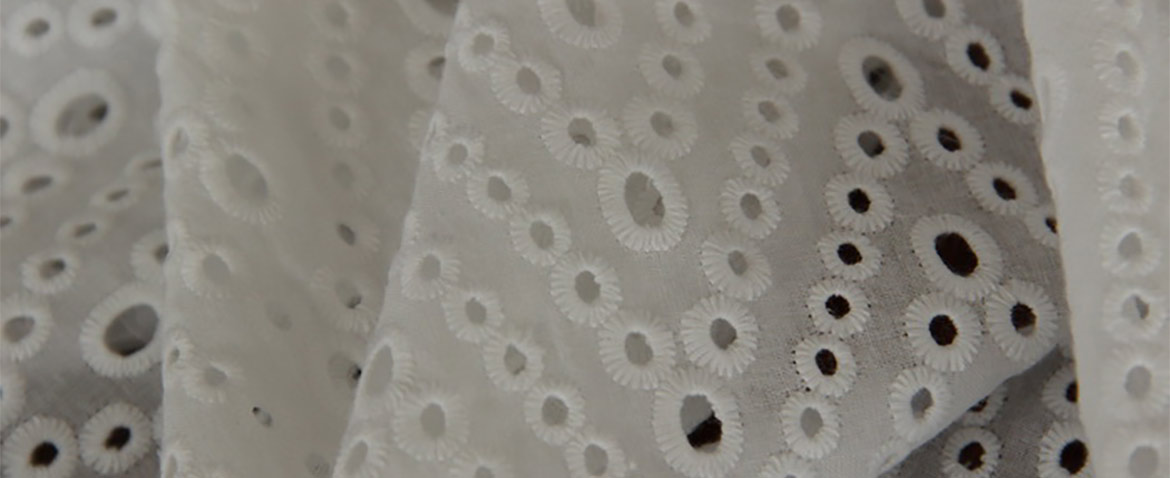
Discovering The Answers To Quick Strategies For
 The aim of the CATALTEX project2,3 is to design and create self-decontaminating textiles which are able to protect people and animals by decomposing CWAs via photocatalysis under daylight or indoor illumination in environmental conditions. The way to protect yourself from CWAs is well-known and has been applied since the First World War: the use of barriers between the respiratory organs or the skin and the contaminated environment. However, harmful agents will not be destroyed but retained. This study aims at the total destruction of the CWAs by using hybrid systems composed of an ultra-thin layer of photocatalytic nanoparticles immobilised on the cotton fabrics. TiO2 was chosen as the photocatalytic agent. An organic-inorganic nanostructured system, the cellulose-anatase hybrid system was generated at low temperature following ‘green chemistry rules’. The approach is simple and based on a non-hydrolytic sol-gel process of TiO2 deposition synthesis followed by a mild hydrothermal treatment at 100°C. The crystallisation of TiO2 was confirmed by Raman spectroscopy, and the surface composition was investigated by X-Ray Photoelectron Spectroscopy. The morphology of the TiO2 layer was imaged by Field Emission Scanning Electron Microscopy, and Atomic Force Microscopy, UV-Vis absorption spectra and the luminescence properties of the TiO2, as well as their thermal properties, were investigated. The hybrid Cotton-TiO2 was shown to exhibit good photocatalytic activity under a sunlight simulator. No calcination treatment is required to activate the TiO2 nanoparticles, which makes the implementation of the textile modification easy and potentially achievable anywhere.
The aim of the CATALTEX project2,3 is to design and create self-decontaminating textiles which are able to protect people and animals by decomposing CWAs via photocatalysis under daylight or indoor illumination in environmental conditions. The way to protect yourself from CWAs is well-known and has been applied since the First World War: the use of barriers between the respiratory organs or the skin and the contaminated environment. However, harmful agents will not be destroyed but retained. This study aims at the total destruction of the CWAs by using hybrid systems composed of an ultra-thin layer of photocatalytic nanoparticles immobilised on the cotton fabrics. TiO2 was chosen as the photocatalytic agent. An organic-inorganic nanostructured system, the cellulose-anatase hybrid system was generated at low temperature following ‘green chemistry rules’. The approach is simple and based on a non-hydrolytic sol-gel process of TiO2 deposition synthesis followed by a mild hydrothermal treatment at 100°C. The crystallisation of TiO2 was confirmed by Raman spectroscopy, and the surface composition was investigated by X-Ray Photoelectron Spectroscopy. The morphology of the TiO2 layer was imaged by Field Emission Scanning Electron Microscopy, and Atomic Force Microscopy, UV-Vis absorption spectra and the luminescence properties of the TiO2, as well as their thermal properties, were investigated. The hybrid Cotton-TiO2 was shown to exhibit good photocatalytic activity under a sunlight simulator. No calcination treatment is required to activate the TiO2 nanoparticles, which makes the implementation of the textile modification easy and potentially achievable anywhere.
For the original version including any supplementary images or video, visit https://www.scitecheuropa.eu/smart-cotton-chemical-weapons/86926/
 เครื่องมือทดสอบสิ่งทอ
เครื่องมือทดสอบสิ่งทอ
Comments
Post a Comment